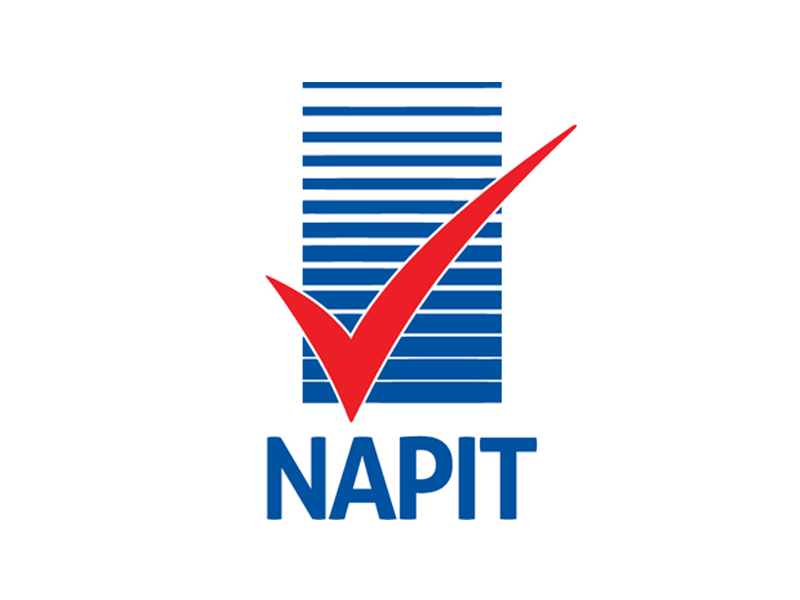
Ellena O’Sullivan of AWS Tel Sec offers some basic guidance on the key things electricians need to know when working with TV aerial systems in the digital age.
IRS (Integrated Reception Systems) – Sky Q Networks
Apartment blocks utilise the integrated reception system (IRS) whilst hotels use the SMATV (Satellite Master Antenna Television) networks to provide television signals to residents. The reason there are different systems used is down to how the subscription bill is paid – in an apartment each flat chooses whether to subscribe to satellite TV or Sky, whereas a hotel will contract to satellite providers for all rooms.
TV signals are transmitted from both satellite transponders and terrestrial muxes. These signals are collected by the antenna hardware distributed through a network to the required room or flat and then fed to the TV outlets.
Sky Q IRS has a different configuration to the original Sky or Sky Plus services. The Sky Q uses DSCR (Digital Single Cable Router) switches and requires a single cable per apartment. Sky Q uses WiFi capabilities to feed other rooms and points in the apartment. A physical connection is not required in additional rooms, which isn’t the case for terrestrial TV, as this needs a physical connection to feed the TV demand in bedrooms or additional rooms.
DSCR switches are expensive – often double or quadruple the price of a network. Due to Sky Q’s WiFi capabilities, it makes financial sense to have the IRS network supporting the main living area of a flat, with a MATV (Master Antenna TV) network alongside supporting additional rooms/bedrooms to provide the required Freeview points.
Things to know when installing cables for TV
Digital TV has changed the way antenna hardware collects a signal and delivers it to a TV point. Cheap ‘contract’ aerials and ‘low loss cables’ are no longer sufficient. The signal is now much more sensitive and can only be maintained using good quality aerials and good quality, double screened cables terminated at screened outlets.
Historically, cable used in single domestic houses was ironically called “low loss” – a misnomer as the only screening is a thin braid and the loss is higher in comparison to that which is installed today. This type of cable, although still available, should never be used; not only does it lose signal, but more problematic is that it allows the ingress of other signals – interference which kills the digital signal.
Good quality double screened cables will have both a copper braid and copper tape for the screen. This enables the required signal to be contained and keeps unwanted signals and interference at bay. Aluminium foil and copper or tinned braid are available, but they can lead to an unreliable reception and can cause problems. Some copper-on-copper solutions are also not good enough, so the most reliable way of sourcing product is to use a CAI (Confederation of Aerial Installers) benchmarked cable. This have been independently tested to ensure that the tape thickness, number and gauge of the braid strands is what they are claimed to be.
Another area of issue can be the outlet plate. A bare copper wire on an exposed plate on the back of a socket acts as an aerial picking up interference and radiating signal. For this reason outlet plates must be fully screened. Screened modules can be clipped into plastic/chrome frames provided by the electrical contractor so they match the rest of the sockets and light switches etc.
It is important that the cable is fitted correctly into the socket. Most sockets show the length of the centre core and screen that must be left exposed. Use a coaxial cable stripping tool to guarantee the dimensions, making sure not to bend/kink the cable or over-tighten the connection, as this can cause mismatch and signal reflection back up the coax, resulting in reception problems.
Safety
A hazardous voltage must not be present on the outer conductor of any cable, or accessible metal work of any equipment of the aerial system. All communal systems within blocks of flats and commercial premises must be equipotentially bonded to the Mains Earth Terminal (MET) of the building. A verified, continuous and robust connection needs to be provided from the distribution equipment to the buildings’ MET. Regulations state that a minimum CSA (cross sectional area) of this connection should be 4mm² copper.
Class II electronic equipment (TVs, DVDs, set top boxes, audio equipment etc.) is designed so that a touch current of 0.5mA can be present on exposed metal work. A single item of such equipment would not be a problem, but seven items or more together would produce 3.5mA – dangerous at the safe let go current limit. Electronic equipment joined via aerials and scart leads through to different rooms could put a touch current on the coaxial cable. On new builds and when rewiring, it is therefore useful to leave a verified cable next to the distribution point to take care of this potential hazard.
Contact the professionals
AWS Tel Sec specialises in installing and maintaining television and security networks in apartment blocks and hotels. Our TV department is accredited by the CAI and our security installers work to NSI standards. Areas of expertise include, TV, CCTV, intercom and access control.
Our Technical Director has been in TV since it was black and white, and our senior engineers have over 25 years’ individual experience in the industry, supported by enthusiastic trainees. AWS Tel Sec is happy to work alongside electrical contractors in planning, installing and supporting customer networks, so please get in touch or submit your drawings for your latest projects.
Email: ellena@aws-access.com or call: 01582 730241











